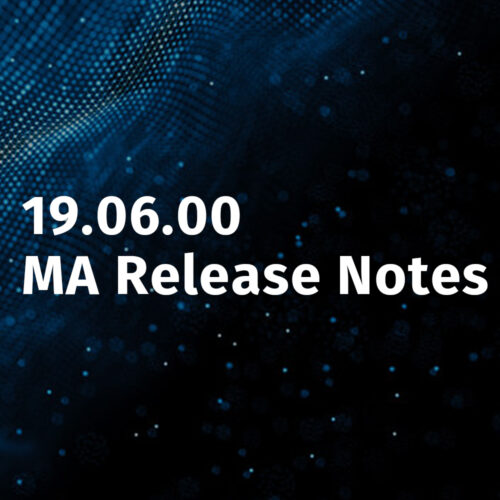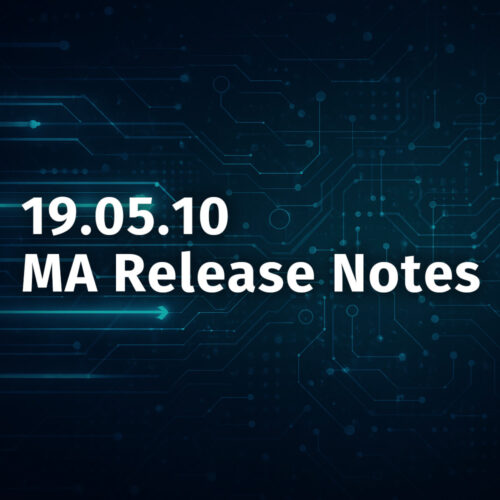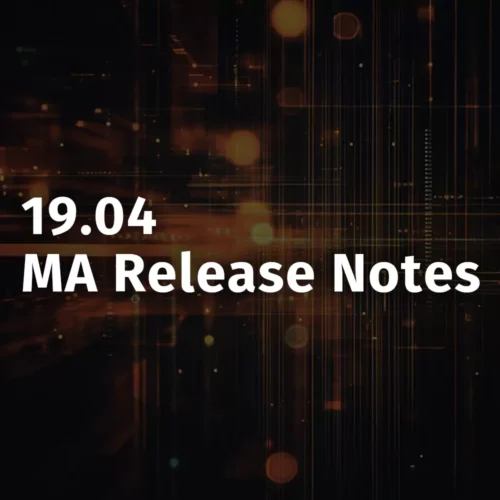The traditional CMDB was doomed from the start.
In days past, CMDB projects were a never-ending cost sink. To get a CMDB project started, CI’s and their relationships had to first be defined, and a repository created. This often required hiring consultants, took lots of time at great expense, and all too often, was never completed. Worse, without continual and significant manual effort, CMDB historically data became stale. Additionally, the traditional CMDB was typically designed to hold data that had little relevance outside of service requests, and was not designed to be a single source of truth regarding the entire IT infrastructure.
Device42’s Continuous Discovery product eliminates these shortcomings.
Device42’s Continuous Discovery product eliminates all these issues. The CI’s and their interrelationships are predefined, so that initial effort and its associated costs are unnecessary. More importantly, the CI’s and their interrelationships are designed to represent all of IT, and not just the ticketing (ITSM) aspect. The CMDB also includes IP to MAC relationships, switch, router, and firewall inventory, application dependencies, MAC address to switch port relationships, VLAN and subnets, CDP/LLDP neighbors, and netflow traffic information.
Most importantly, the repository is automatically populated both initially and on a continuous basis. As a result, Device42’s CMDB can be installed and populated in the span of an afternoon, and keeps itself up to date on a continuous basis. If you already have some parts of your IT infrastructure documented in spreadsheets, CSV files, or other tools, that information is easily imported. Device42 has extensive spreadsheet and CSV import tools and a granular REST API to import data from other applications. This way, work you’ve already done documenting your systems in the past continues to pay dividends.
This modern SST can be used by everyone in IT.
The result is a single source of truth (SST) that can be used by everyone in IT. It can be consulted before a migration to understand how software, services, applications, physical and virtual servers, and network components interrelate and to understand their interdependencies. The SST is visible in ticketing systems so that when a device is referenced, everything about that device is available at the user’s fingertips — passwords, support and warranty contracts, IPs and remote URL’s, running software, services, and applications, and much much more — without repetitive data input.
As important, all the SST information is available to drive automation. For example, a Puppet script can make a call to Device42’s RESTful API to get the next available IP for each server being built. Then, at the end of the script the new server’s information can be pumped back into Device42 via an API call. Similarly, Device42 webhooks can be used to trigger events in a variety of if-this-then-that type automation tools such as StackStorm, Zapier, Microsoft Flow, or any preferred tool. Since Device42 knows about every physical, virtual, and cloud server, network component, and application, webhooks can trigger on events caused by almost any infrastructure change.
The Continuous Discovery CMDB has broken down the wall in terms of what a CMDB can do. The benefits of the accurate, always up-to-date data to staff, automation, and other integrated tools provide a far greater value proposition than the traditional CMDB ever could.
The traditional CMDB is dead, and everybody’s okay with that!
Device42’s scalable design, well documented API, web hooks, and innovative feature set provide both the tools you need to document the data center you’re using today, and the technology you need to drive automation in the “next-gen” data center you’re building for tomorrow.



